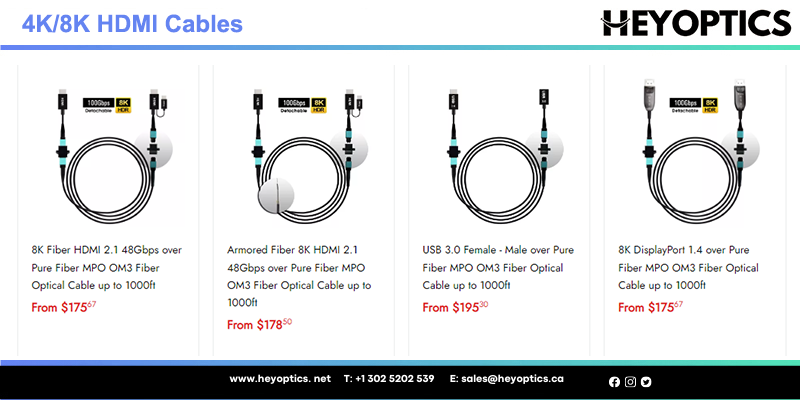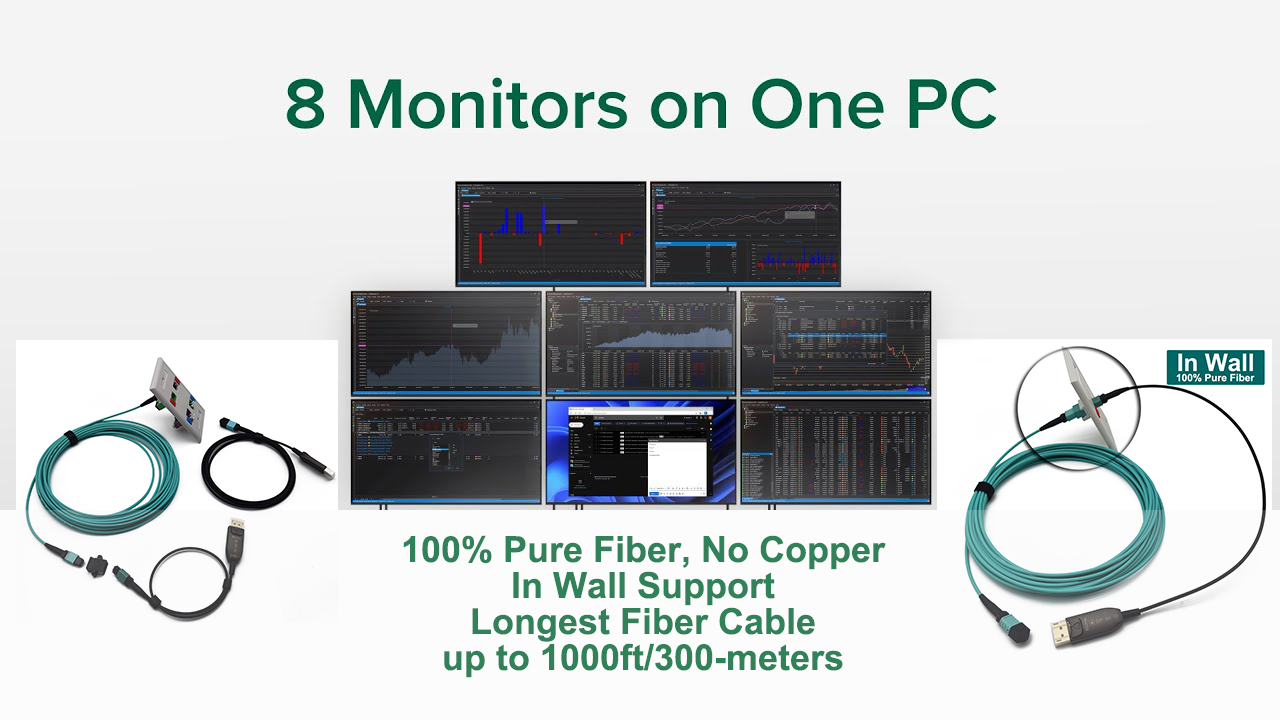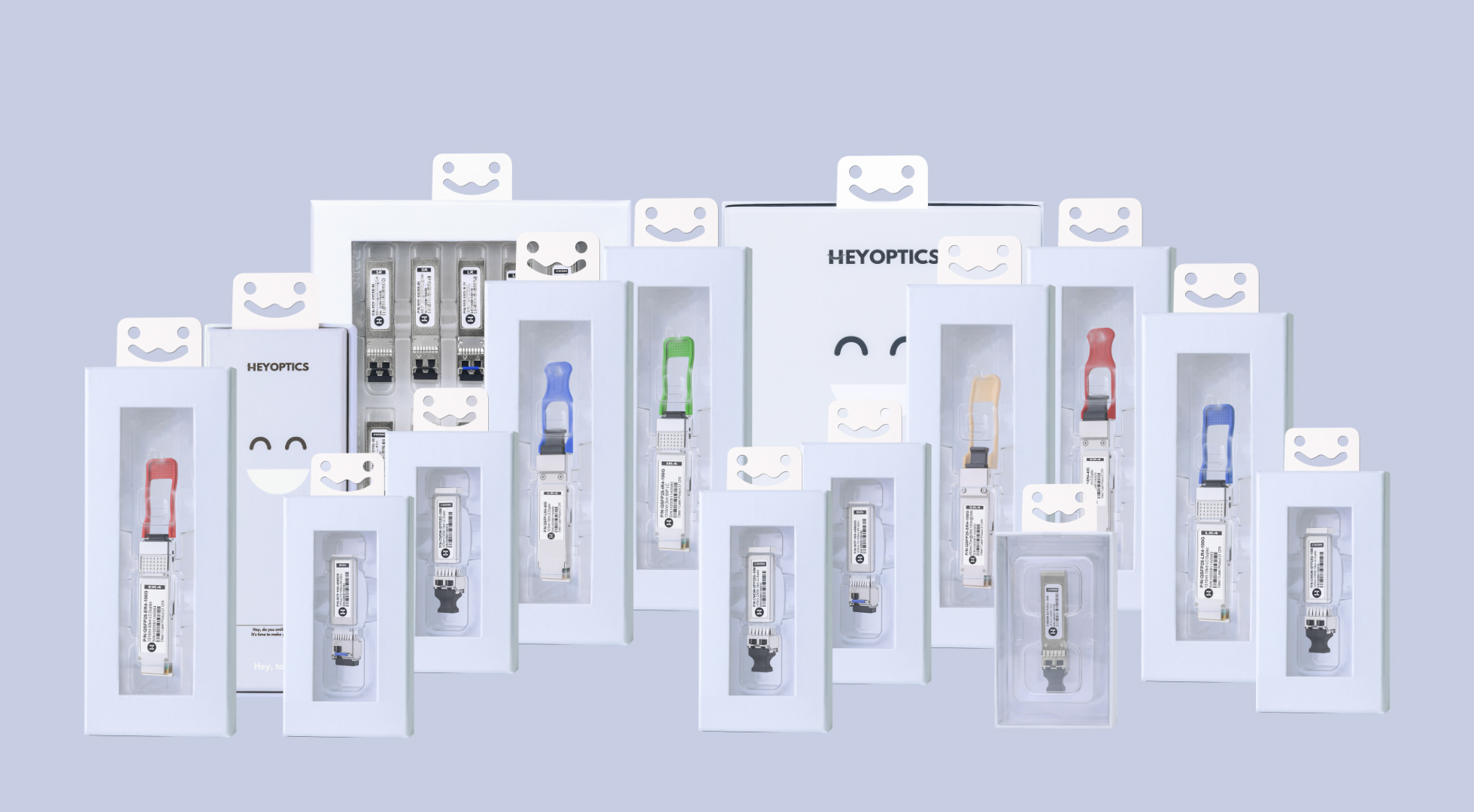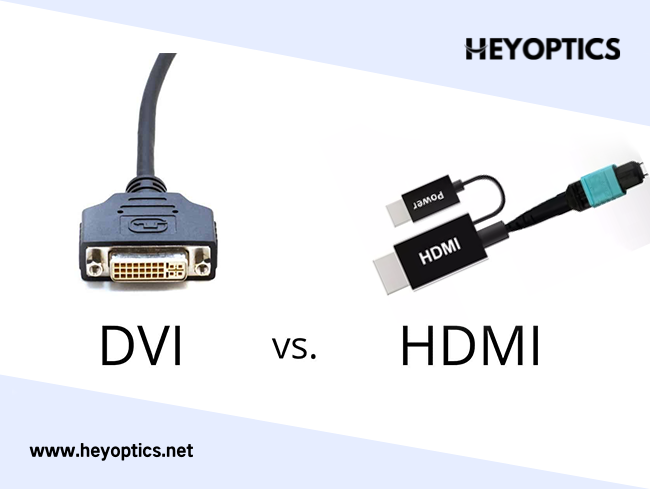Why choose an optical HDMI cable?
As we all know, HDMI is one of the most popular A/V interfaces because it is perfect for streaming the highest quality audio and video. If you're a video game enthusiast, you can use an HDMI cable to stream high-resolution audio and video from your game console to an HDTV. Generally speaking, common HDMI cables are made of copper, which is easily interfered by other objects. Also, transmission problems may arise at distances of only 7 meters/23 feet. If you really want a stable and reliable connection over long distances for gaming, especially over 10m/33ft, you'll need an HDMI cable.
What is Fiber Optic HDMI Cable?
As the most advanced version of HDMI cables, a fiber optic HDMI cable combines the best of fiber optic technology and the HDMI standard. The new fiber optic HDMI cables are often very slim, flexible, and light. They are designed with detachable connectors to attach the interface to the HDMI ports of your devices. To transmit the HDMI signals, your device will convert them into pulses of light first. The pulses travel through fiber optic at a very high speed. At their destination, the light pulses become electrical signals again.
The cables are small, easy to use, and can support data speeds of up to 18Gbps. This makes them the perfect choice for high-resolution videos like 4K and 5K. As far as commercially available cables using fiber optics, the market has been growing over the years. Here are a few cables that you can find online:
Advantages of Fiber Optic HDMI Cable
Compared with conventional copper HDMI cables, this type of new cutting-edge HDMI cable has many advantages. First of all, a fiber optic HDMI cable can deliver top performance even in very long distances. There is no degradation of signals over large distances of transmission. For conventional HDMI cables, their signals usually start to attenuate at a distance of 25 feet/7.5 meters. At 50 feet/15 meters, the quality loss is evident.
Here I highly recommend our 8k fiber optic HDMI cable which provides the highest speed and bandwidth needed for the best video and/ or audio quality for high definition at lengths up to 303 meters (1000ft), which supporting the long distances required in commercial video solutions.
The products are as follows:
Secondly, electric signals transmitted through conventional coper HDMI cables are more inclined to suffer from electromagnetic and radiofrequency interference (EMI/RFI). A powerful radio transmitter or large electrical machine can be a source of interference to electric signals. In comparison, the light pulses which travel through optic fiber HDMI cables cannot be affected by EMI/RFI. It ensures a much better quality of the audio and video signals delivered through fiber optic HDMI cables.
Why choose an optical HDMI cable?
Let's talk about what makes optical HDMI cables different from copper HDMI cables. While they look similar, as we've learned, there are some differences in construction. While you might think there's a huge difference between the two, HDMI fiber optic cables are really only designed to serve one purpose, the cable run length.
Unlike fiber optic cables, copper-based HDMI cables have interference and length issues. The main issue here is length. If you want to stream 4K video over copper HDMI, you can only get to about 30 feet before you start having problems.

With fiber optics, this maximum distance is definitely broken. As we've explained in our other tutorials on HDMI lengths, fiber optic cables can transmit data at an astounding 1000 feet. This is overkill for most home applications, which is why optical HDMI is often used in commercial use. For those giant LED billboards and stadium screens, the source is often too far away to use copper HDMI reliably.
If you want to use copper-based cables over distances greater than 30 feet, you will need a repeater. However, if you are using more than 30 feet of cable, opting for fiber optic cable may be a better option.




